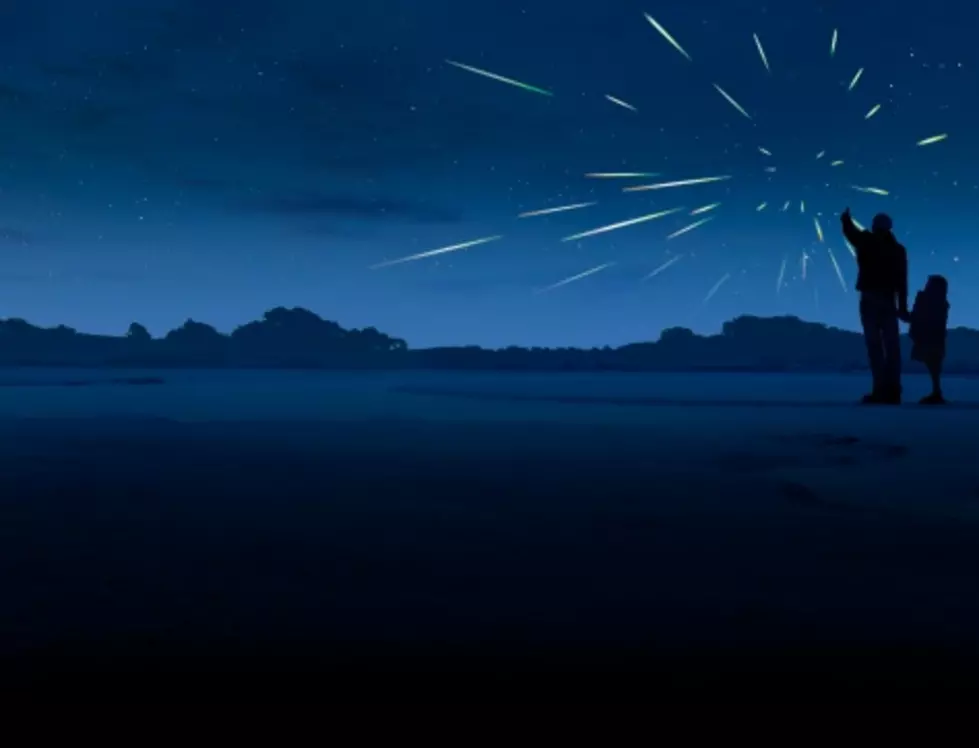
Northern Illinois Gets A Look At A Meteor Shower Next Weekend
The Orionid meteors, which will be visible over Northern Illinois, will actually be continuing on through mid-to-late November, but their peak comes on Thursday and Friday of next week, October 20th and 21st.
One of the cool things about this particular meteor shower is that it comes from the tail of the famous Halley's Comet, which orbits the sun every 76 years or so.
What We'll See Is Actually The Dust-Trail Of Halley's Comet
According to EarthSky.org, like steam coming from a locomotive, dust particles are expelled from the comet’s nucleus and are left behind in its path:
We intercept this path in late October of each year. The nucleus of the comet loses between 3 to 10 feet (1-3 meters) of material on each passage through the inner solar system. Measuring 5 by 9 miles (8 by 15 km) in size, it can handle eons of orbits around the sun.
The sky show can range from being pretty spectacular to mildly interesting, depending on the amount of meteors that are visible per hour. Sometimes the Orionid meteor shower produces displays of up to 80 meteors an hour, but recently it has produced more modest displays of about 20 or 30 visible meteors per hour.
Let's Get To The Relevant Info, Like When To Look For, And The Best Ways To See The Orionids
Space.com says that the meteors that streak across the sky are some of the fastest among meteor showers because Earth is hitting the stream of particles from Halley's Comet almost head-on. Orionids zip through the sky at a speed of nearly 41 miles per second.
Although the meteor shower appears to come approximately from the direction of the Orion constellation, which is in our southwestern sky, experts say that for the best viewing you should keep looking at nearby constellations and throughout the night sky. If you only look toward the Orion constellation, you might miss a bunch of the show.

